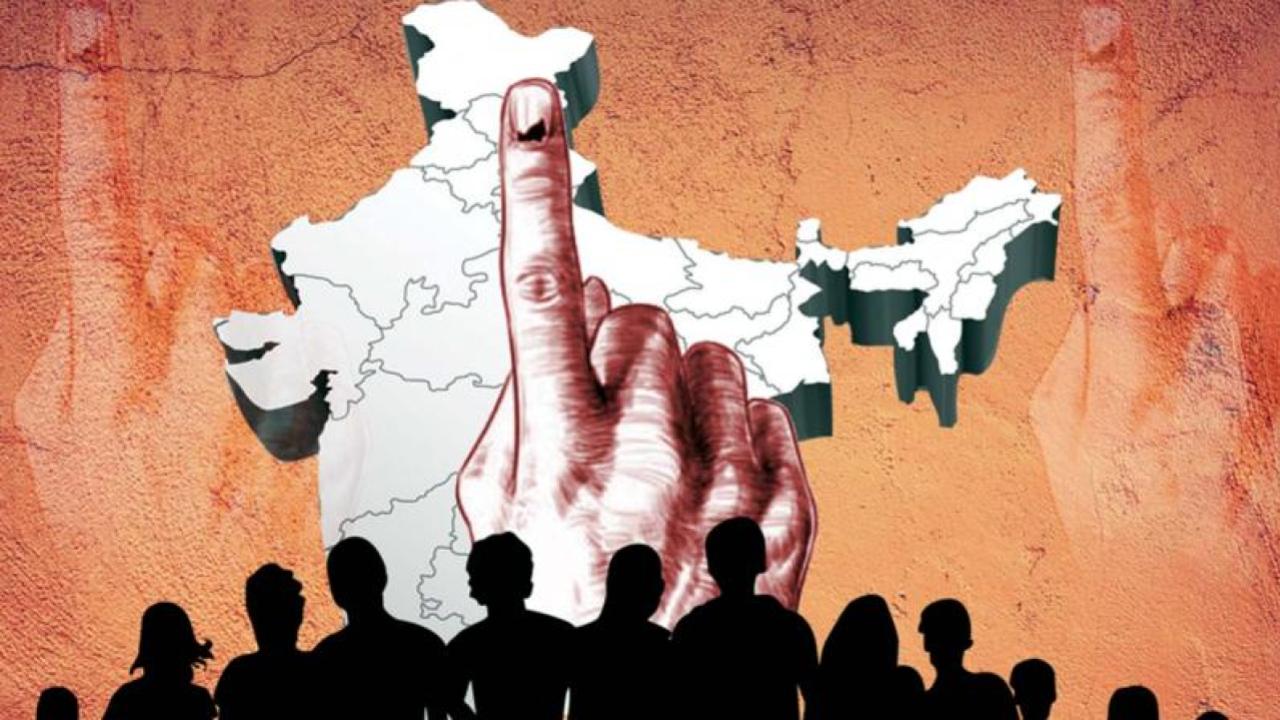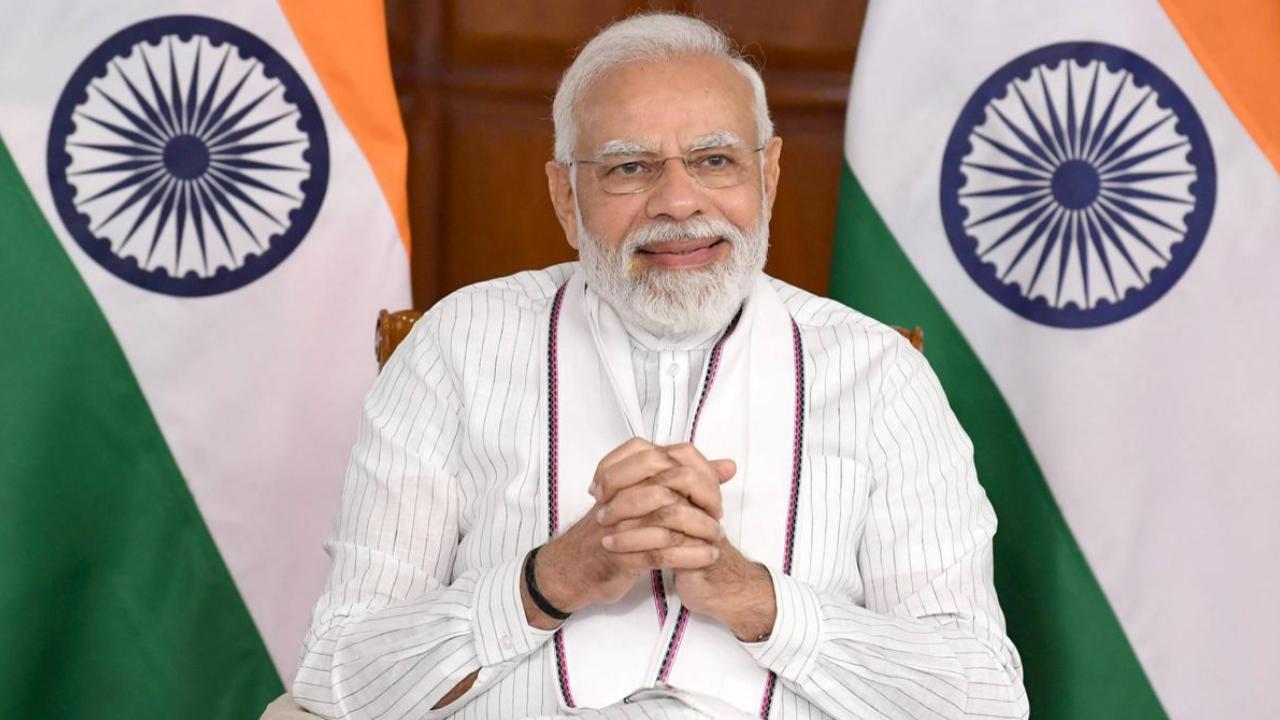Politics of India works within the framework of the country’s Constitution. India is a parliamentary secular democratic republic in which the president of India is the head of state & first citizen of India and the prime minister of India is the head of government. It is based on the federal structure of government, although the word is not used in the Constitution itself. India follows the dual polity system, i.e. federal in nature, that consists of the central authority at the centre and states at the periphery. The Constitution defines the organizational powers and limitations of both central and state governments; it is well recognised, fluid (Preamble of the Constitution being rigid and to dictate further amendments to the Constitution) and considered supreme, i.e. the laws of the nation must conform to it.
There is a provision for a bicameral legislature consisting of an upper house, the Rajya Sabha (Council of States), which represents the states of the Indian federation, and a lower house, the Lok Sabha (House of the People), which represents the people of India as a whole. The Constitution provides for an independent judiciary, which is headed by the Supreme Court. The court’s mandate is to protect the Constitution, to settle disputes between the central government and the states, to settle inter-state disputes, to nullify any central or state laws that go against the Constitution and to protect the fundamental rights of citizens, issuing writs for their enforcement in cases of violation.
OnAir Post: India Politics



